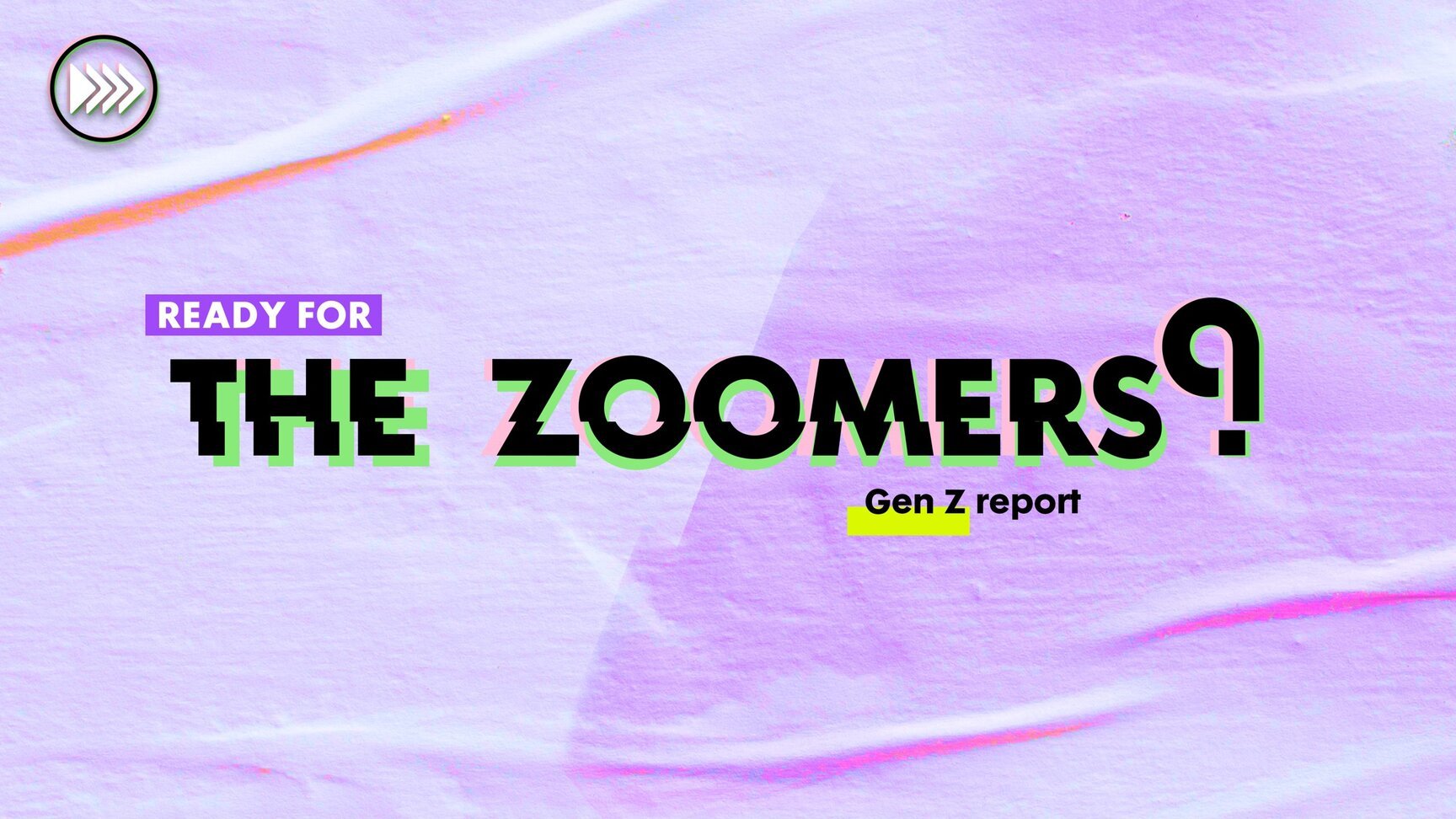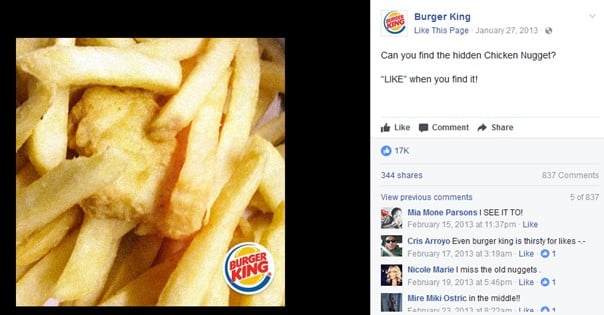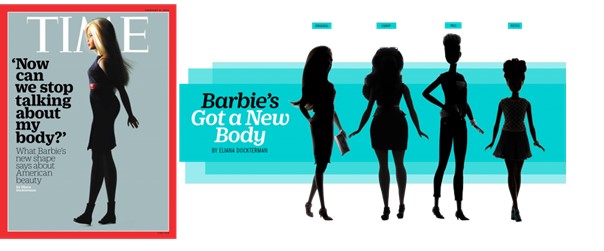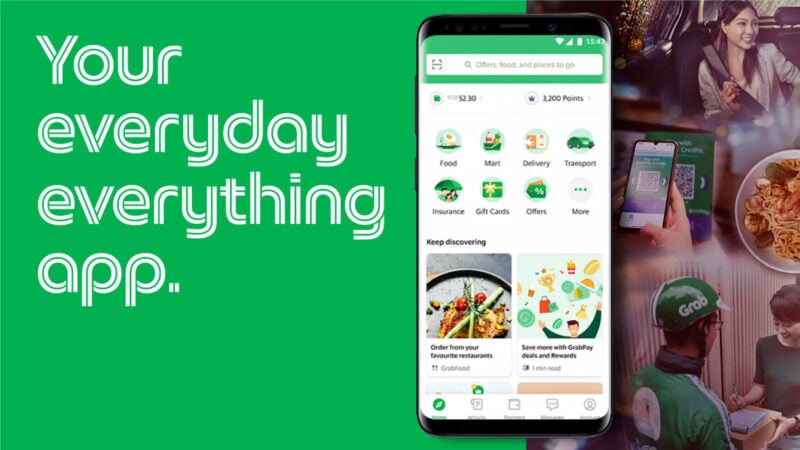A few weeks ago, I was at the WFA’s Global Marketing Week in Toronto (#GMWTO), where I was confirmed in my thinking that marketers and brand owners face similar challenges as the insight industry: they both depend on humans to shape and build the future of their brands. David Wheldon, WFA President and CMO at RBS, put it very clearly in his state of the union for brands: “Put People First.” That means that brand marketing succeeds by building connections that fulfil enduring human needs. “Only through knowing what is of meaning and value to people will you truly find a way into their lives,” he stated rightfully. And this was clearly reflected in many of the presentations at the GMWTO.
According to Raja Rajamannar, CMO & CCO at Mastercard, the company realizes we live in an expectation economy, where people (1) are better informed, (2) are looking to be delighted (and not just to have their needs fulfilled), and (3) are seeking to be rewarded constantly. With an abundance of content available today, people are seeking for uninterrupted experiences which brands are often cut out of. Mastercard seeks to cut through this by means of establishing human connections through story making (not telling) in its nine passion points (i.e., sports, movies, music, culinary, philanthropy, travel, arts & culture, shopping, and a sustainable environment). They created four platforms around Priceless Cities, Causes, Specials and Surprises. For the latter, they created over 600,000 surprises which, according to Rajamannar, “costs less than TV campaigns and generates bigger impact,” – sic (without giving any further details).







